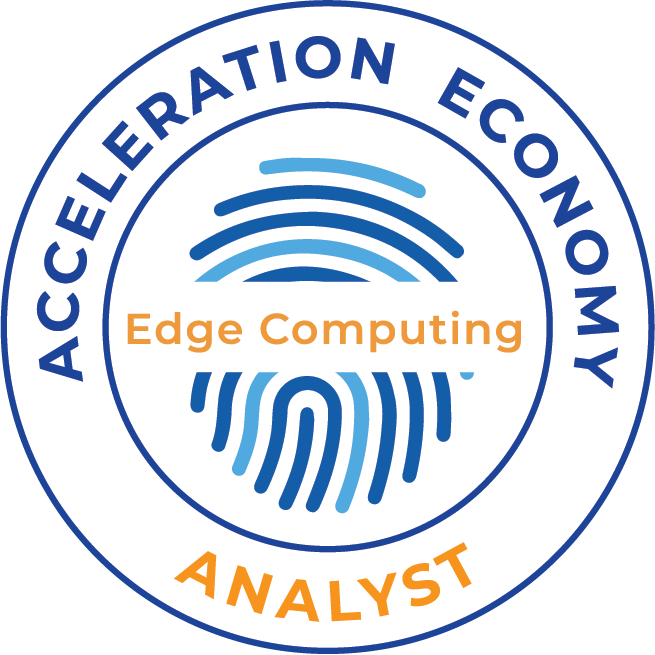Enterprises are being hit with a tsunami of data, which is only sure to increase as edge computing plays a bigger role in the enterprise. Finding value in that data is often a tedious and complicated task and some may still wonder if the chore of finding value in data is really worth all of the effort.
In this episode of the Cutting Edge podcast, I will explore the nature of the oceans of data enterprises struggle with today. What’s more I will be examining the concept of how data can become the new gold (or oil) at the edge, and how to separate the junk data from the valuable data when looking to realize value.
Highlights
00:23 – Leonard elaborates on how there are oceans of data that enterprises are currently struggling with. Additionally, there are even greater amounts of data that we can expect to hit the edge moving forward. In this episode, he covers four main points:
- Is data the new gold at the edge?
- The data junk problem at the edge
- How do you make digital gold at the edge?
- Edge computing as the reagent for business value at the edge
Is Data the New Gold at the Edge?
01:00 – The analogy that “data is the new gold” implies that data holds tremendous value—and there’s a lot of data.
01:19 – According to Gartner, upwards of 75% of data will be generated outside of enterprise data centers. Growing to a CAGR of about 23%, IDC predicts that over 181 zettabytes of data will be created and replicated by 2025—most of which will be at the edge.
The Data Junk Problem at the Edge
01:50 – While gold or oil are considered valuable for their scarcity, data is nothing like this; it’s neither scarce nor increasingly expensive to produce.
02:27 – Much of the potentially valuable data is collected and stored at the edge. Here, the compute power and capacity to mine data are often insufficient. Because of this, there is a data junk problem that is expected to exponentially grow.
How Do You Make Digital Gold at the Edge?
02:53 – So, how do we sift through the junk to get to the good stuff and create digital gold?
03:17 – By taking additional steps to build the business applications, we can focus on what we’re doing with the insights to actuate an outcome for operations—which is the real gold.
04:26 – The real gold at the edge is closed-loop automation. It can be valuable in supporting decision-making and providing business intelligence. However, the velocity of things tends to be much higher at the edge.
Edge Computing as the Reagent for Business Value at the Edge
05:45 – Why does edge computing matter?
06:22 – With new capabilities to mine data, extract insights, as well as design and deploy systems and applications for automating processes, enterprises will be able to cull through the existing mountains of data with more favorable economics.
07:00 – There are technical aspects in play involving the conversion of the mountains of data into business value. Firstly, there’s edge AI. Edge devices are becoming more powerful, bringing a range of AI applications to the edge.
07:28 – Essentially, the emergence of tiny ML is about compressing and simplifying machine learning models to be deployed, then run on computing and power-constrained devices.
08:01 – The cloud is coming to the edge with edge cloud modernization. The edge cloud introduces a modernized aspect of existing compute systems and resources at the edge.
09:30 – Accelerated computing enables more powerful computing to be deployed more economically and more efficiently. Furthermore, analytics can be pushed to the most remote and constrained edge.
10:06 – There has been an emergence of federated analytics architecture and machine learning, involving distributing model training and big data analytics workloads across edge infrastructure nodes, cloudlets, and edge endpoint devices.







